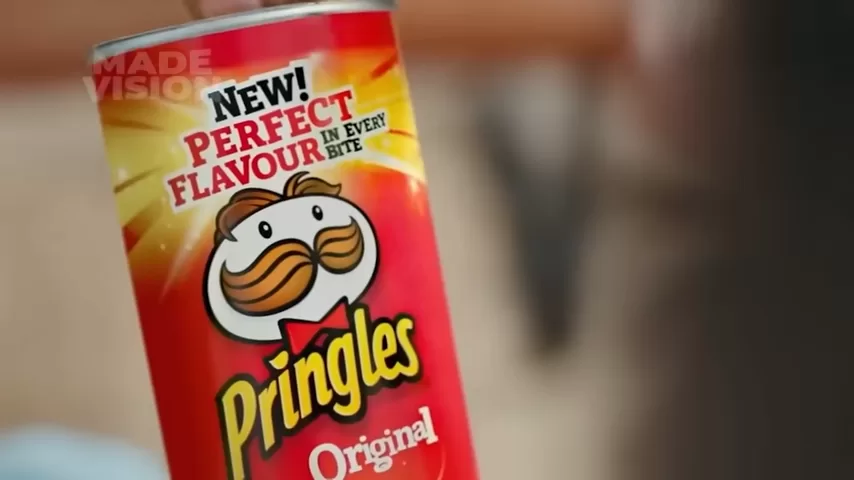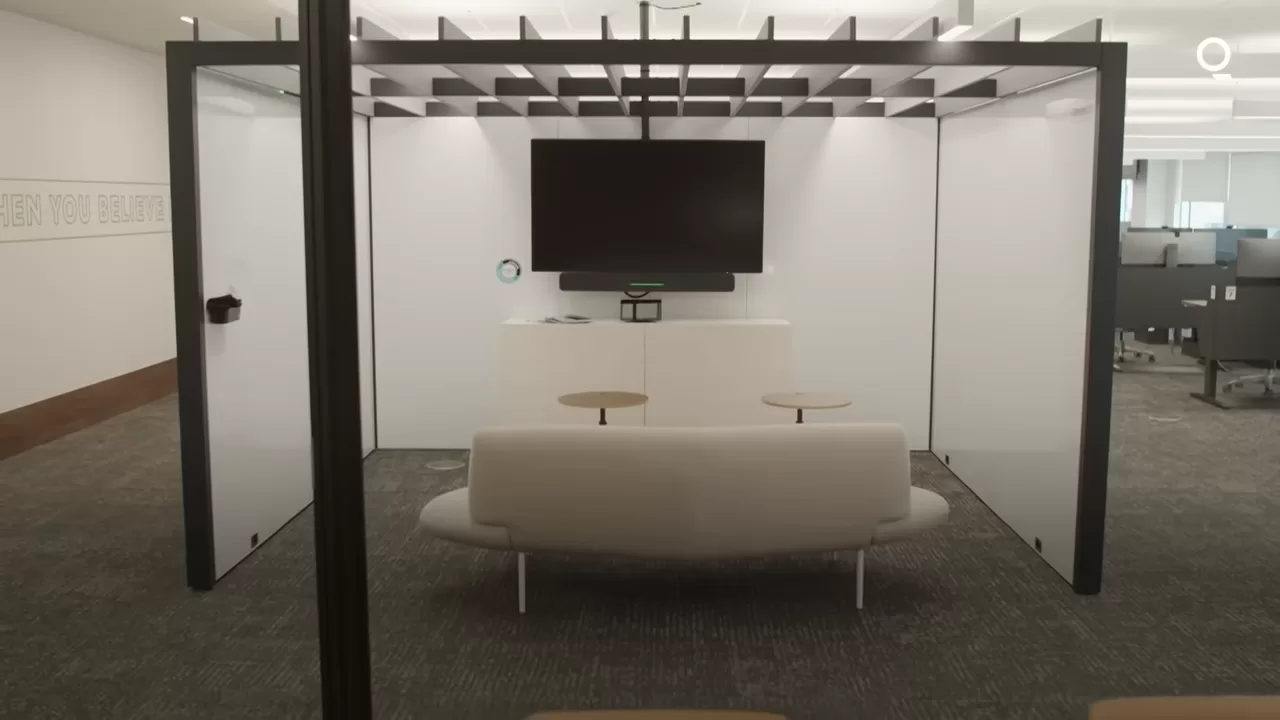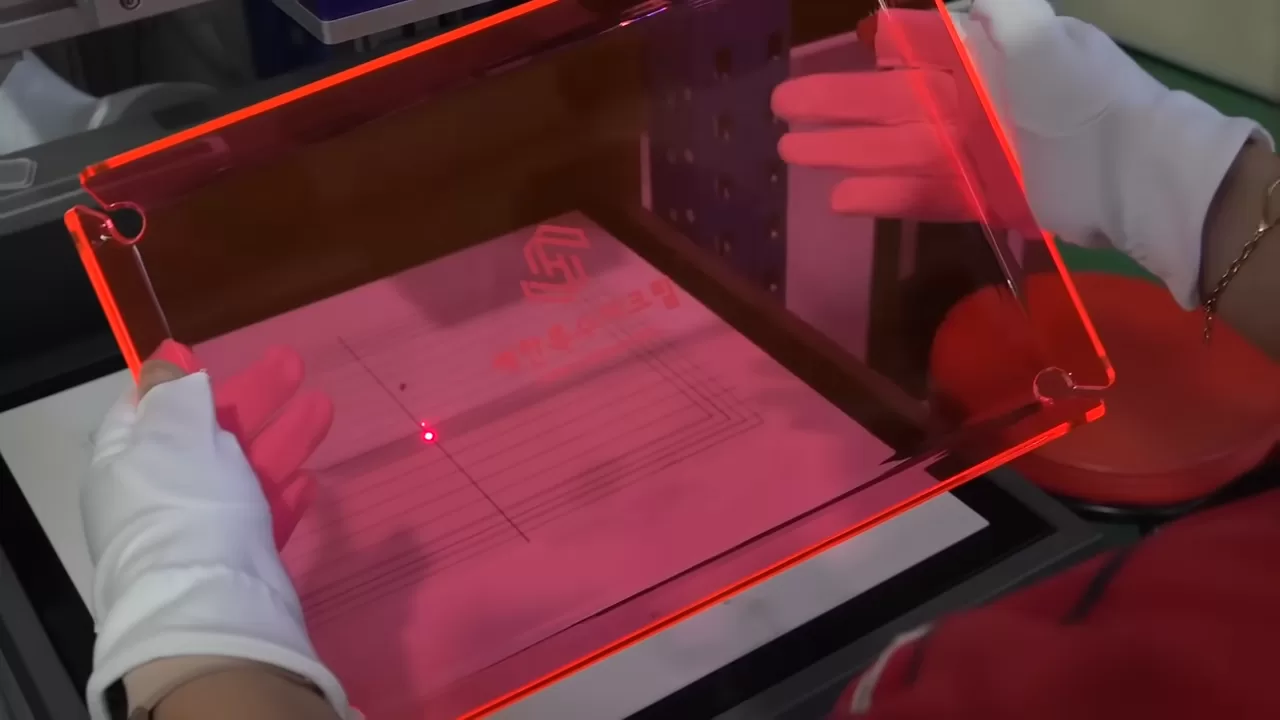Pringles are one of the most recognizable and beloved snacks in the world. Their unique shape, satisfying crunch, and innovative packaging make them stand out in the snack aisle. But have you ever wondered how they are made? Let’s take a journey inside the factory and uncover the fascinating production process behind Pringles.

1. Receiving and Preparing Potatoes
Pringles start with high-quality potatoes, which are delivered to the factory in bulk. These potatoes undergo several steps before they are transformed into the famous crisps.
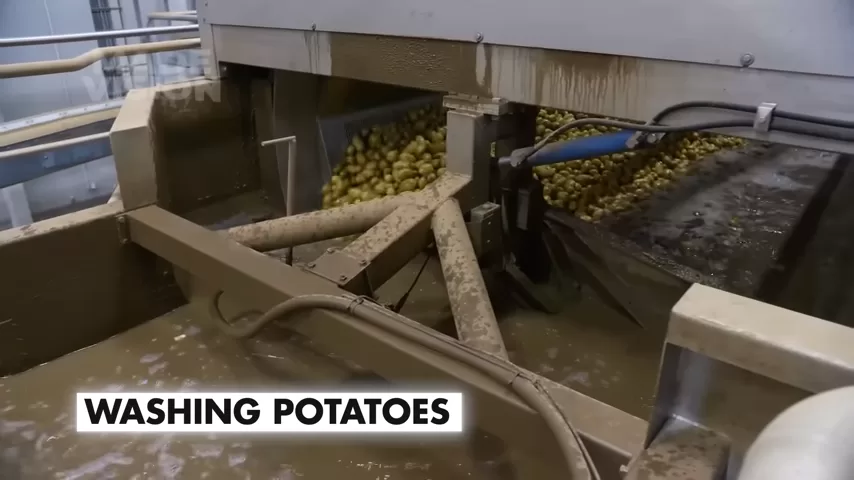
- Washing: The potatoes are placed in a hydro-washer, which agitates the water to remove dirt and debris.
- Peeling: A rotating drum with a rough surface gently removes the potato skins.
- Blanching: The peeled potatoes are given a quick hot water bath to soften them and preserve their color and flavor.
- Cutting: High-speed blades chop the potatoes into small cubes for even processing.
2. Cooking and Mashing

- Cooking & Steaming: The potato cubes are boiled at 185°F for two minutes and then steamed at 345°F.
- Mashing: The cooked cubes are mechanically mashed into a smooth, lump-free paste.
- Drum Drying: The mashed potatoes are spread onto a large rotating drum, which removes excess moisture, turning the paste into thin sheets.
- Milling: The dried sheets are finely milled into potato flakes, the key ingredient in Pringles’ dough.
3. Forming the Pringles Dough
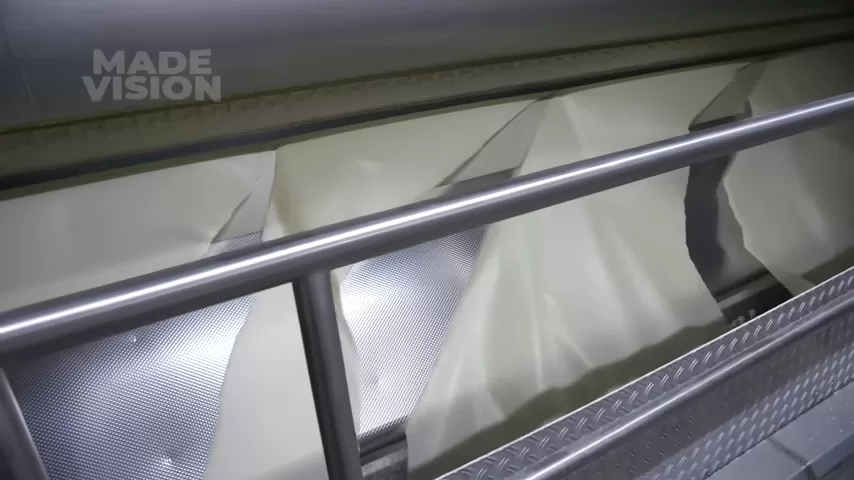
- Mixing Ingredients: The potato flakes are combined with other ingredients like cornstarch, rice flour, wheat starch, and seasonings to form a coarse, sand-like dough.
- Rolling Dough: The dough is spread evenly on a conveyor belt and pressed into a thin 1mm sheet.
- Cutting Dough: The sheet passes through a cutter, which stamps out oval-shaped pieces, known as “doils” by factory workers.
4. Cooking and Shaping
- Recycling Excess Dough: Any leftover dough is sent back to the mixing stage to minimize waste.
- Frying: The oval dough pieces are placed on a curved mold and deep-fried at 392°F for 11 seconds. This gives Pringles their signature saddle shape (a hyperbolic paraboloid, mathematically speaking!).
- Oil Removal: A hot air blower removes excess oil, lowering the temperature to 104°F.
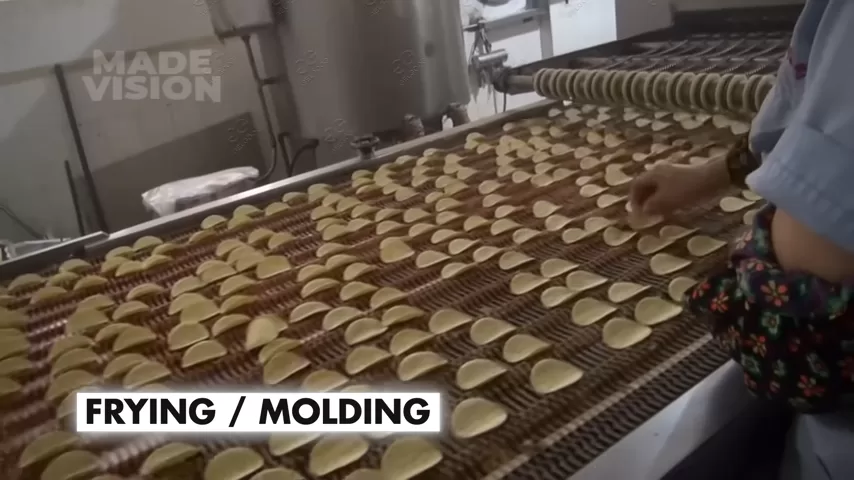
5. Seasoning and Packaging
- Seasoning: A cascade of seasoning is applied to the top side of the Pringles, with flavors ranging from sour cream & onion to cheddar cheese. Over 5,952 lbs of spices are used daily.
- Stacking & Canister Filling: Thanks to their unique shape, Pringles naturally stack together. They are then weighed and placed into their iconic cylindrical canisters.
- Sealing the Canisters: The cans are fitted with tear-off freshness seals and metal bottoms to keep the crisps fresh.
- Quality Control: Pringles undergo rigorous taste tests under red lighting to ensure consistency in flavor and texture.
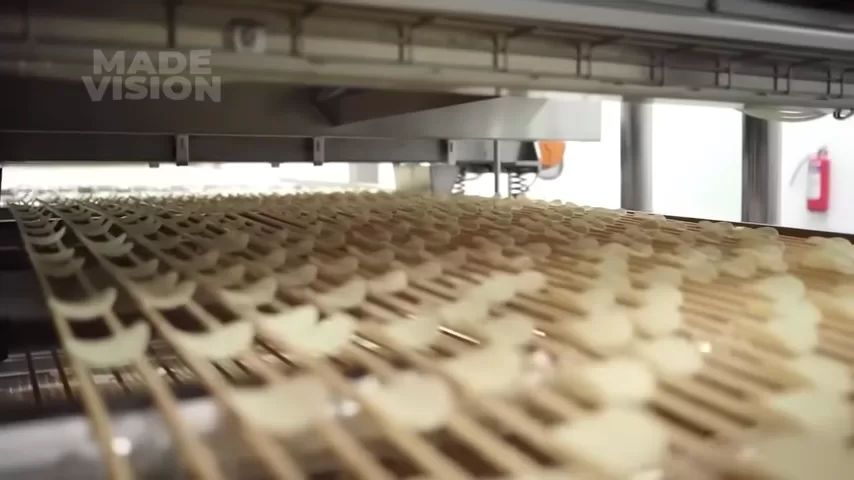
6. Shipping & Distribution
After passing quality control, the canisters are packed into boxes and shipped worldwide. The distribution process ensures that Pringles lovers across the globe can always find their favorite flavors.
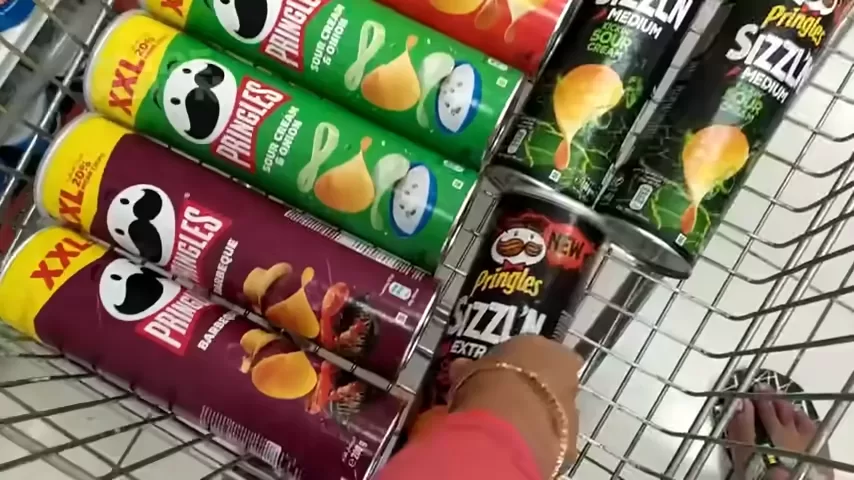
Final Thoughts
Despite their crunchy, potato-like taste, Pringles are not traditional potato chips. They are a carefully engineered snack that blends science, precision, and innovation. Whether you call them crisps or chips, there’s no denying their iconic status in the snack world.
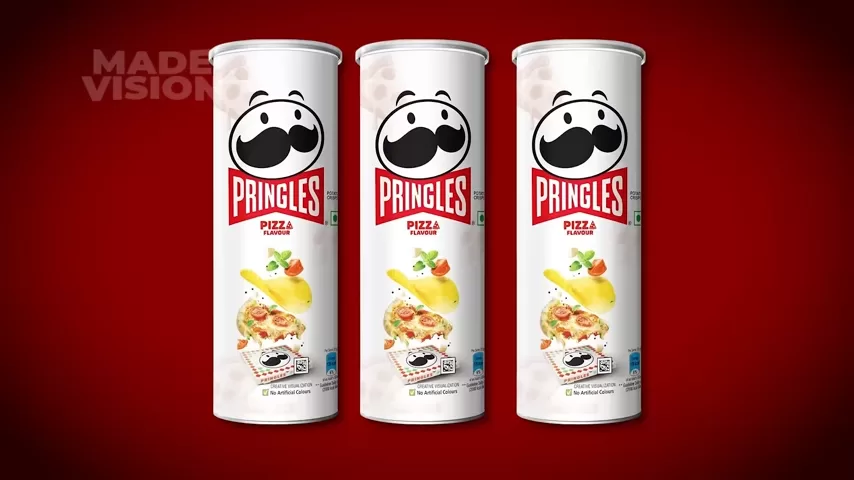
Now that you know how Pringles are made, what’s your favorite flavor? Let us know in the comments!
